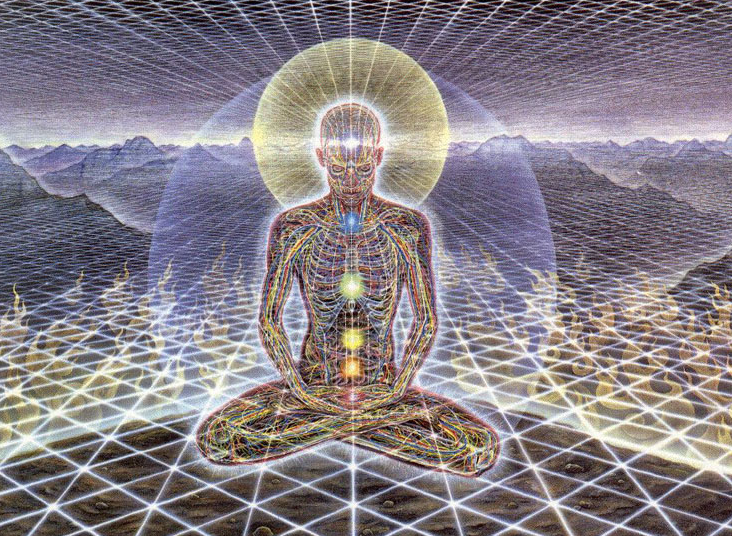Soul Work ~ Maya Georg
Yoga is soul work. But so is any practice that deepens our understanding or connection to our higher Self.
Yoga is one path to this connection, but any practice of exploring our internal world will help bring us home to ourselves. The concept of knowing the Self is not unique to any one culture or tradition, and neither is it dependent on purely spiritual endeavors. After all, the word psychology comes from the Greek meaning ‘study of the soul’.
At its core, turning our attention inward is about understanding ourselves and our place in the universe. In seeking our Self, our soul, we seek to ease our suffering while finding meaning in our experiences.
The word yoga means union, or joining. Many believe that Samadhi – the state of single pointed concentration where awareness merges with one thought – is the goal. However, Samadhi is not the goal of yoga. Thoughts are a function of the mind, they are known, not experienced. Samadhi is merely a rung on the ladder of the practice. The goal is to join with the divine, which is our higher Self.
My guru, Yogi Gupta, would often say “Everything that changes isn’t real.” Change, after all, is a manifestation of the maya, the divine illusion, where Prakrit (matter) exists in time. Think of our bodies, how they change as we grow and age. Think of our minds, that learn and forget and change from moment to moment.
What he meant was that our constantly shifting experiences of bodily sensations, thoughts, and emotions were temporary, born one moment and dead the next. Ultimately, the only reality that is true and eternal is the Atman, Purusha, or soul.
But what is that higher Self? What is the soul?
The terms Atman, Purusha, and soul are often used interchangeably but have distinct nuances across different philosophical traditions. Atman, in Vedantic philosophy, refers to the eternal, unchanging Self, the pure consciousness beyond mind and body. Purusha, in Samkhya and Yoga traditions, represents the witnessing consciousness, distinct from Prakriti (matter and time). The soul, as understood in Western and other spiritual traditions, is generally seen as the immortal essence of an individual, often tied to personal identity. While interpretations vary, all three concepts point to an enduring, transcendental reality beyond the physical self.
The Self, Atman, Purusha, or soul are described as undying and unchanging in texts such as the Bhagavad Gita, the Yoga Sutras of Patanjali, and the Katha Upanishad. This sentiment of an immortal soul is also repeated in the Bible and Quran.
We are the result of that eternal aspect entering into time and matter to experience itself.
The soul, unchanging and infinite, takes form not to be altered by the world, but to witness, learn, and remember its own divinity. Though bound to a body for a time, it is never truly confined, and only because of Maya, the cosmic illusion that veils the true nature of reality and makes the impermanent world appear real while obscuring the eternal Self, do we mistakenly identify with our physical body and ego identity. In this soul work we attempt to see beyond illusion and remember what we have always been, the Self.
But the Bhagavad Gita claims that the soul is unknowable while also stating that practice of yoga is to know our soul. How can we know the unknowable?
Because knowing is not the same as experiencing.
By connecting to the soul, we join with the eternal. When we can connect with our soul we can experience the love of our higher Self radiating within us. It is expansive, incorruptible, bliss. It is very far from how many expect the goal of yoga to be. It is easy for some to believe that experiencing the goal of yoga is a mind-altering experience, a cosmic download of wisdom, and receiving supernatural abilities. But the truth is that it is much like the more advanced aspects of the practice: subtle and uneventful.
After experiencing our higher Self, the world remains unchanged, just as we remain unchanged. The Buddhist saying ‘Before enlightenment, chop wood and carry water; after enlightenment, chop wood and carry water’ reflects this. Life continues, and we are still who we are.
Yet something fundamental shifts: We now know, with certainty, that we are never alone.
Our higher Self is always present, witnessing the world through our eyes. And when we consciously connect with it, we do not gain new knowledge or abilities, we simply rest in the bliss of eternal love.

